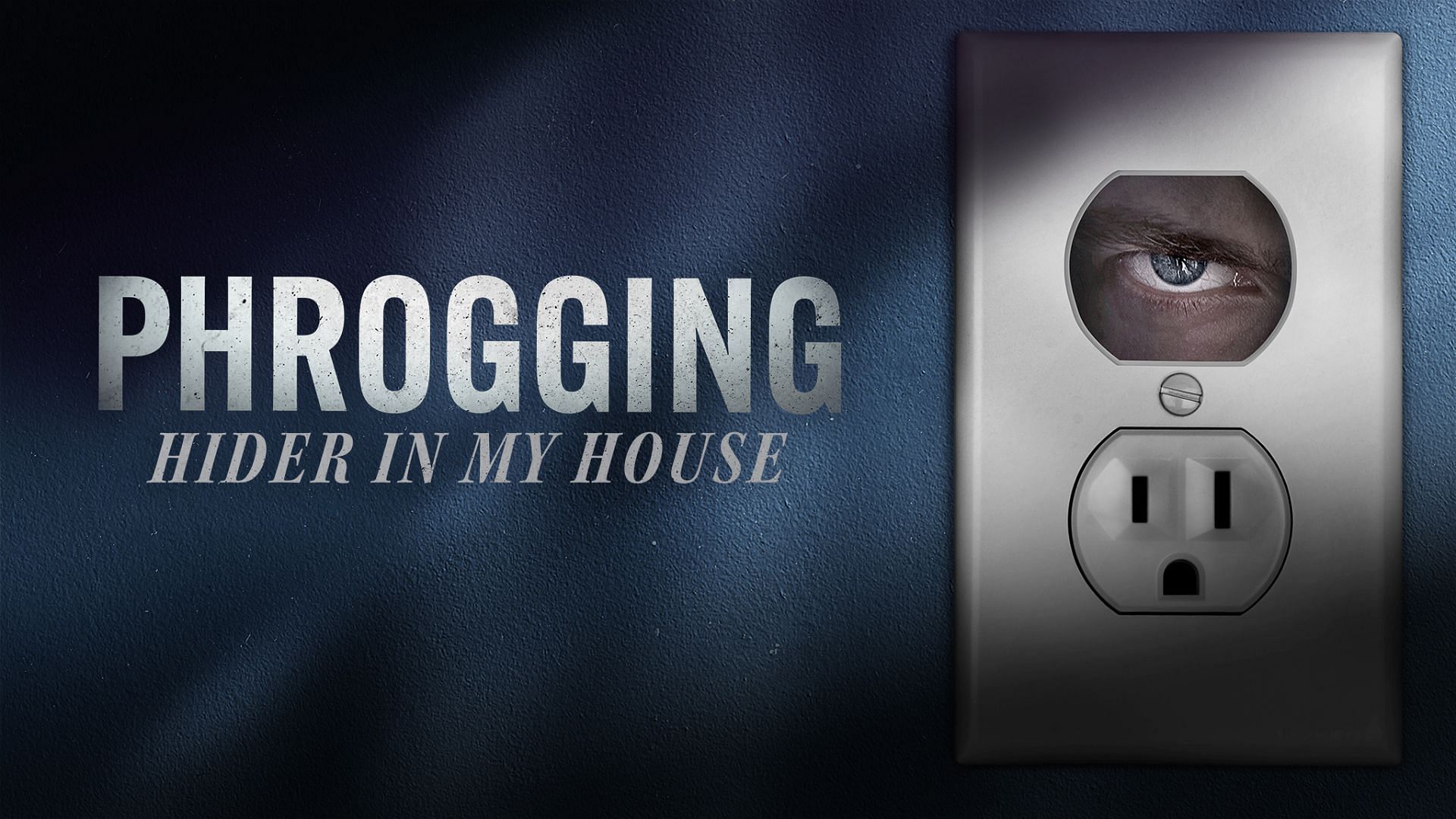What Exactly is Phrogging and Why is it Alarming?
What Exactly is Phrogging and Why is it Alarming?
Blog Article
Envision discovering that someone has been secretly residing at home without your knowledge. That unnerving trend is named "phrogging" (pronounced “frogging”). The definition of derives from the idea of a "frog" hopping in one position to some other, as phroggers often inhabit various properties quickly while remaining undetected. While it might appear to be anything out of a horror movie, phrogging is a real and significantly noted issue.

What Is Phrogging?
Phrogging identifies the act of some one secretly living in yet another person's home, usually without their consent or awareness. A phrogger might stay static in concealed areas such as for example attics, basements, crawl areas, sacrifice rooms, or even underneath furniture. They depend on the homeowner's neglect to check on these areas, frequently going in and out stealthily in order to avoid detection.
Phroggers don't tend to stay in a single place for long. This transient behavior suggests they frequently move unnoticed for extended times, using their host's food, electricity, and other assets without permission.
Why Is Phrogging on the Rise?
While standard knowledge on phrogging is bound, anecdotal evidence and information studies recommend a rise in such cases. A combination of factors has added to this tendency:
• Economic hardship has left many people struggling with homelessness, leading some to find unusual shelter.
• Bigger, multi-story domiciles common in today's suburbs provide sufficient covering areas for would-be phroggers.
• Homeowners' raising reliance on digital gadgets like intelligent locks and action detectors may inadvertently cause neglect of periodic, bodily inspections of these homes.
How exactly to Protect Your Home
To safeguard your self and your home from phrogging, consider these safety recommendations:
1. Normal Inspections
Accomplish schedule checks of your property's less frequented parts, such as for example attics, basements, and storage spaces. These areas tend to be prime areas for concealment.
2. Use Monitoring Cameras
Install security cameras in and around your home. Cameras with movement detection can attentive one to suspicious activity, even yet in low-traffic areas.
3. Protected All Accessibility Items

Secure windows, opportunities, and any extra entrances to avoid unauthorized access. Guarantee sacrifice tips are concealed safely or entrusted only to persons you trust.
4. Remain Observant
Look closely at strange signs like food planning missing, disturbed items, or odd noises. These can show someone is residing in your home.
While phrogging may appear like a unique occurrence, its rise underscores the significance of heightened home awareness. By staying meticulous and taking aggressive actions, you are able to significantly lower the chance of encountering that disconcerting danger.
Report this page